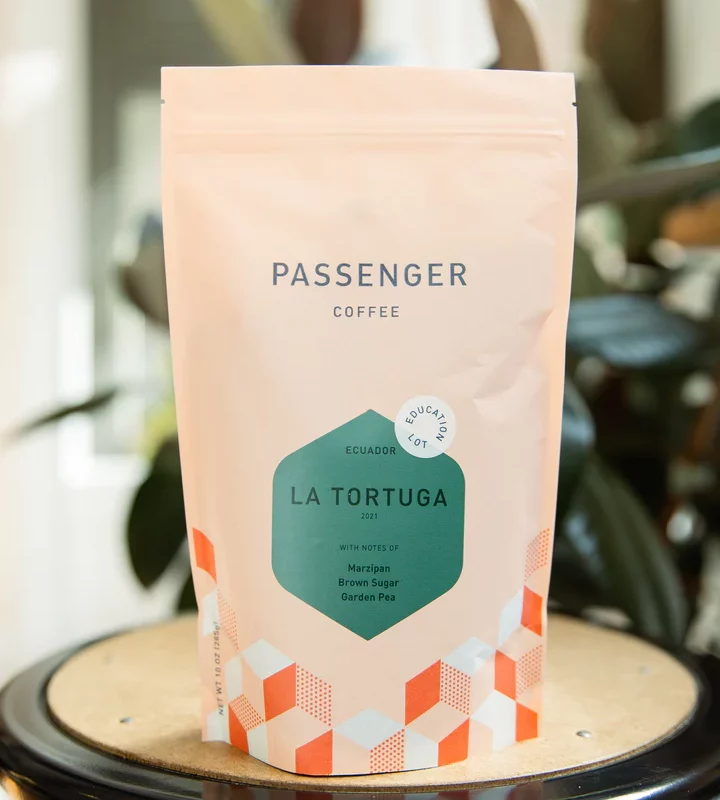
About this Coffee
Marzipan, mild baking spices, and fresh garden pea aromatics introduce a cup offering predominant flavor qualities of rich bittersweet cocoa, brown sugar, red apple, and black tea.
La Tortuga, a community blend produced by an association of small coffee farmers on the Galápagos Islands, offers a fascinating example of the impact of unique microclimates on specialty coffee production. While produced at elevations far below what is typically considered appropriate for specialty coffee production, this coffee defies expectations thanks to the fortuitous environmental impact of the Humboldt Current.
One thousand kilometers west of mainland Ecuador, and straddling the equator, the Galápagos Islands are ostensibly the least likely place to produce specialty coffee. Made famous by Charles Darwin, who, thanks to the notable biodiversity fostered by the islands’ isolation, developed his Theory of Evolution there, the Galápagos are home to diverse populations of birds, sea lions, ancient tortoises, and iguanas. Somewhat surprisingly, the islands are also home to hundreds of small coffee farms.
Even though there is a volcanic peak on the islands that reaches 1,700 meters above sea level, the vast majority of the coffee farms of the Galápagos are located at elevations between 130 and 550 meters above sea level. These are elevations far below what is typically considered appropriate for specialty coffee production. Coffees grown at elevations below 1,000 meters above sea level are typically characterized by a complete lack of sweetness, little to no acidity, and overall flat and uninteresting profiles. La Tortuga is anything but.
Specialty coffee needs to be produced in regions with large diurnal temperature variations. A diurnal swing is the difference in temperature between the warmest part of the day and the coolest part of the day. The larger this swing in temperature, the slower the maturation of the cherries, which contain the seeds we roast and present as coffee. The more slowly this maturation occurs, the more concentrated sweetness and heightened acidity can be found in the cup of the finished product. Generally speaking, the higher the elevation, the greater this diurnal swing. There are relatively few known factors that influence quality as directly as elevation.
So how is it that this coffee, which was grown at a mere 250 meters above sea level, is so enjoyable in the cup? The answer to that question lies with the Humboldt Current, a low-salinity ocean current that flows north along the western coast of South America. Despite the low elevations and proximity to the equator, daytime temperatures rarely exceed 82°F, while evening temperatures routinely hit 53°F. This diurnal swing correlates to elevations from 1,400 to 1,800 masl in a country such as Colombia – ideal elevations for producing top quality specialty coffee.
The Cooperativa de Cafetaleros de Galapagos is an association of approximately 100 small-scale coffee farmers who produce coffee in this fascinating region. This particular lot is a community blend from the group, traditionally washed and processed in small wet-mills. Coffees tend to undergo approximately 14-18 hours of dry fermentation following pulping and are dried on raised beds or parabolic driers until the target moisture content is achieved. Passenger has presented a La Tortuga selection from this region for a number of years now and we are thrilled to see this 2021 harvest selection rejoin the Education Lot Menu at the present time.